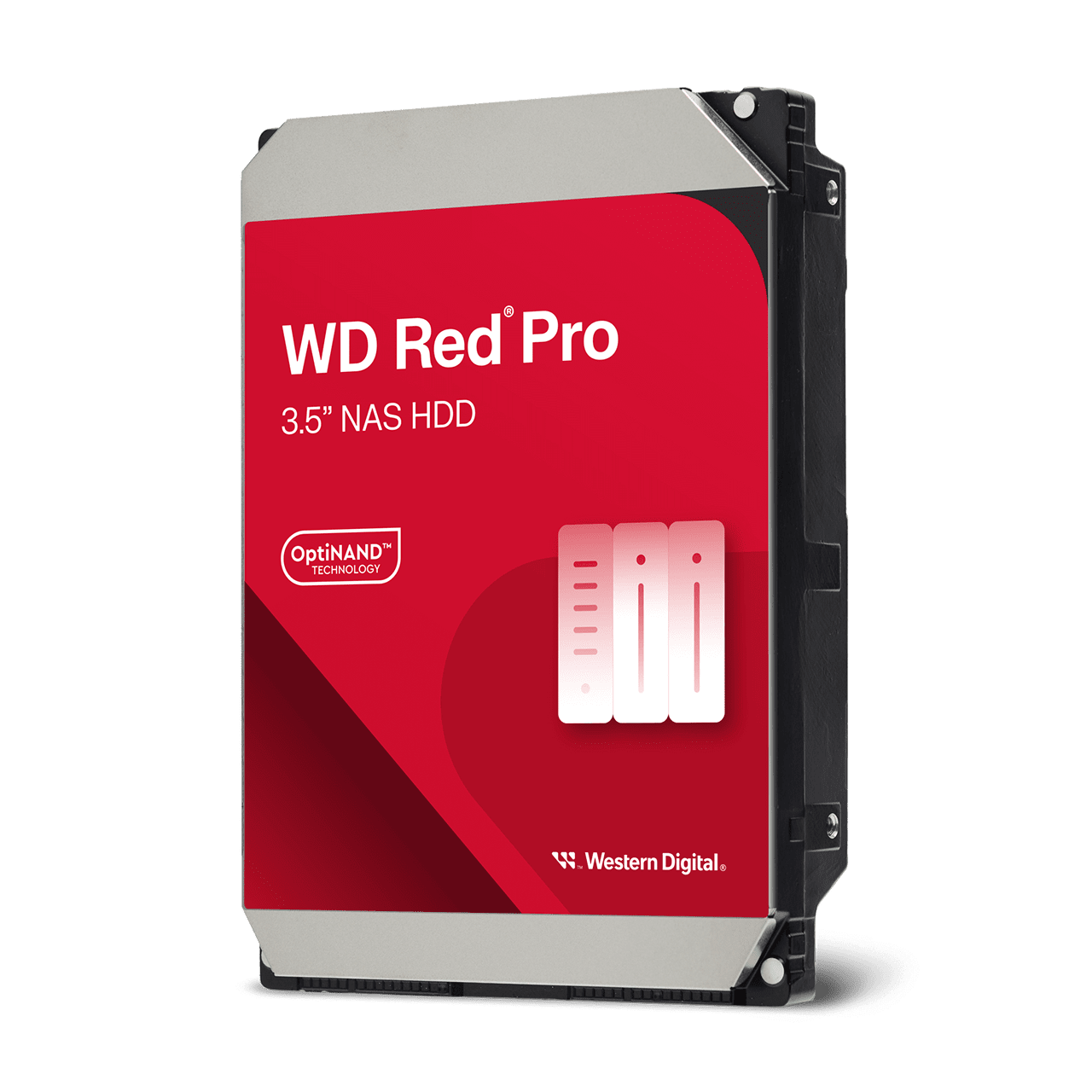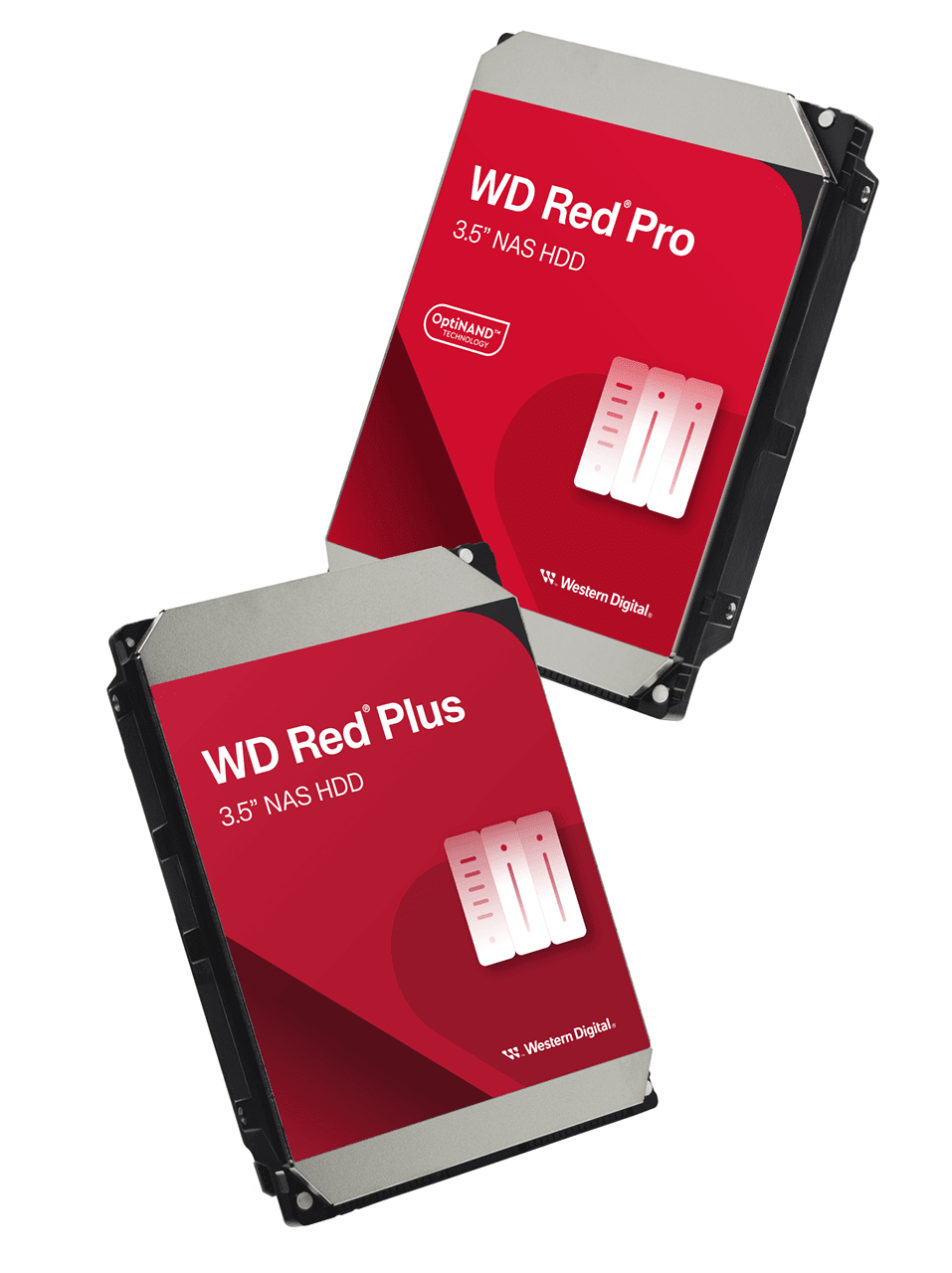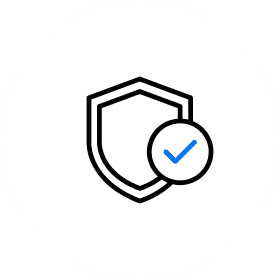
Model

WD Red Plus

WD Red Pro
Ideal Use
Home & Small Business
SMBs & Enterprise
NAS Bay Support
Up to 8 bays
Unlimited bays
Key Technologies
NASware, CMR
NASware, CMR
Additional Features
• Dual-Plane Balance Control
• Error Recovery Control
• Multi-Axis Shock Sensors
• Dynamic Fly Height Technology
• OptiNAND™ technology3
• Dual-Plane Balance Control
• Error Recovery Control
Limited Warranty
3-Year
5-Year
Multi-Axis Shock Sensors
Monitor and mitigate vibrations and physical impacts that could affect drive performance in multi-bay NAS environments.
Dynamic Fly Height Technology
Continuously adjusts the read/write head position in real time to maintain precision and minimize long-term wear on the drive.
Dual-Plane Balance Control
Improves overall drive stability during operation, minimizing vibrations across NAS systems with multiple drives.
Error Recovery Control
Optimized for RAID environments, this feature limits extended error recovery cycles by maintaining performance during error correction.

Great CompatibilityExcellent performance and easy installation you can’t ask for much more.
- Dr. Bryant PhD

Frequently Asked Questions
Possibly, but desktop drives lack NAS-specific firmware, RAID optimization, and may not have the durability required for continuous 24/7 operation.
| Desktop Drives | WD Red NAS Drives |
|---|---|
| ✕ Typically not designed for 24/7 use | ✔ Optimized for always-on operation |
| ✕ Typically no RAID support | ✔ RAID-ware firmware with recovery control |
| ✕ Prone to vibration issues | ✔ Tested for vibration resistance in multi-drive setups |
| ✕ May cause system downtime | ✔ Engineered for high uptime and reliability |
| ✕ Generic compatibility | ✔ OEM-tested with most major NAS vendors |
WD Red drives are engineered to support a wide range of data environments — from home storage solutions to enterprise collaboration.
Disclosures
- Workload Rate is defined as the amount of user data transferred to or from the harddrive. Workload Rate is annualized, that’s TB transferred ✕ (8760 / recorded power-onhours). Workload Rate will vary depending on your hardware and software components and configurations.
- 1GB = 1 billion bytes and 1TB = one trillion bytes. Actual user capacity may be less,depending on operating environment.
- OptiNAND on 22TB and greater.











